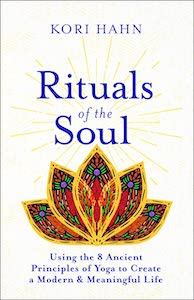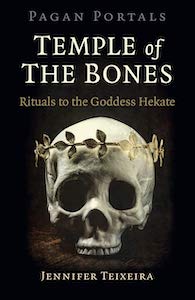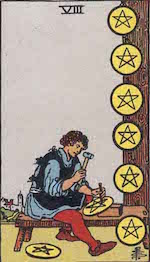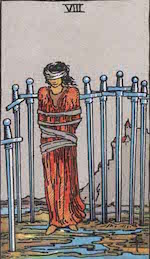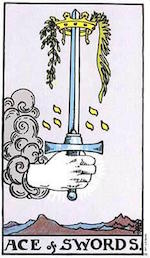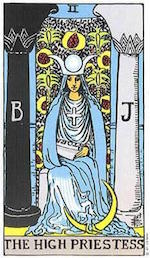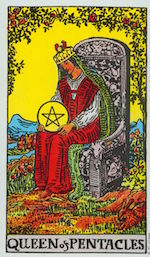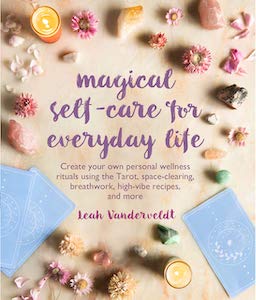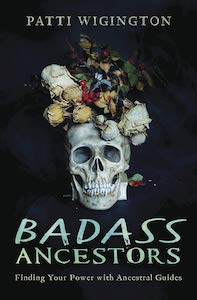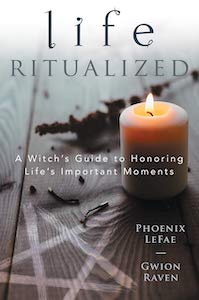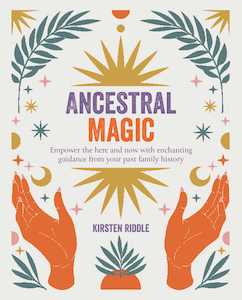
Ancestral Magic: Empower the here and now with enchanting guidance from your past family history, by Kirsten Riddle
CICO Books, 9781800652613, 144 pages, September 2023
Discovering more about one’s family origins has become increasingly popular as new methods are developed to trace lineage through DNA. Perhaps you’ve done a swab to submit to sites like Ancestry and 23andMe, maybe even met some new relatives! As interesting as the physical aspect of our connection to our ancestors can be, there’s so much that can be explored through the spiritual dimension too. Ancestral Magic: Empower the here and now with enchanting guidance from your past family history by Kirsten Riddle is a perfect place to start your journey of connecting more with the potent magic of your ancestral lineage.
Riddle is a best-selling author of spiritual titles including The Beginner’s Guide to Wicca, Be Your Own Goddess, and Discovering Signs and Symbols. Her intention in writing this book was to provide a starting point for those hoping to learn more about their familiar power through the lens of magic, which is definitely her writing speciality! Ancestral Magic is filled with tons rituals, techniques, and guidance to aid readers in connecting with their ancestors, a process which Riddle notes is “personal and different for everyone”1, in a way that feels resonate for them and their path.
Ancestral Magic is composed of six chapters that I felt like intuitively built upon each other, moving from exploration of the ancestral impact on the reader personally to the reader’s connection with the ancestors to the family as a whole. I found this approach was very grounding because the initial chapters centered me within myself before branching out to explore more of the larger family dynamics, stories, and karma in play.
The style of each chapter is similar with descriptions of magical techniques, “Try This!” rituals and exercises, and pages for journaling your results at the end. There are also meditations included for each chapter. Riddle does a great job of balancing hands-on methods of connecting with ancestors (creating altars, gathering photos, writing out family memoirs) with psychic work (dream intervention, cutting karmic ties, scrying with mirrors). There’s also guidance on how to cultivate one’s ancestral gifts, build self-esteem, switch the narrative around, and other spiritual practices to enhance your own perception of yourself and your family.
One thing I will say is that ancestral magic takes devotion and dedication! To really unpack your ancestral karma, reveal limiting beliefs you’re carrying, or deeply explore your family’s stories takes time. There’s a spirit of reverence that seems to come naturally when doing this spiritual work, which invites you to slow down your pace. Plus, family stuff is very personal, and it can bring up a lot of emotions, which it is important to integrate at your own speed.
Riddle provides enough exercises that I have no doubt one could easily spend months, if not a full year, mindfully exploring their ancestral lineage. Certain sections might take longer to work through than others too. For instance, it took me about a week to set my intention for my ancestral magic, do the meditations, reflect on the questions posed by Riddle, and actually do the “Try This!” exercises in the first chapter, which is focused mostly on the reader themselves. Even when it’s made approachable, fun, and creative as Riddle has done, ancestral magic requires actually doing the work to reap the rewards.
But for those who move through Ancestral Magic, discovering their own inner gifts, discovering and maybe even rewriting their family narrative, doing the shadow work of ancestral karma, and opening to embrace the support of their ancestors, there is so much potential for a positive future! This is magic that offers a lifetime of insight and divine assistance.
Everything culminates perfectly in the final chapter, which was probably my favorite part of the book! This section offers ancestral spells for joy, love, abundance, support, and good fortune and an exercise to find one’s family’s totem, which could be a “a place, an object, or even an animal”2 often featured in the family folklore. Riddle also offers protection techniques, intended to help readers feel watched over and guided by their ancestor at all times, and advice on how to create family mantras and affirmations. I’m planning to reflect more on my family narrative (all the stories we’ve passed down through generations) to discover our totem and write mantras and affirmations that I can share with my family as a holiday present.
Overall, Riddle teaches us that ancestral magic is a fascinating and powerful practice. By tapping into the wisdom and guidance of our ancestors, we can gain a deeper understanding of ourselves and our place in the world. Whether you are just beginning to explore your family history or have been practicing ancestral magic for years, there is much to discover and learn. Ancestral Magic is your guide to unlocking the secrets of your family’s past and use that knowledge to empower your present and future.
Alanna Kali is an astrologer, numerologist, and pioneer spirit that loves to explore life through the lens of depth psychology. She has a passion for studying the humanities and social trends. Her academic work is centered upon reuniting body, mind, and spirit through eco-psychology. She loves reading, spending time in nature, and travel.


